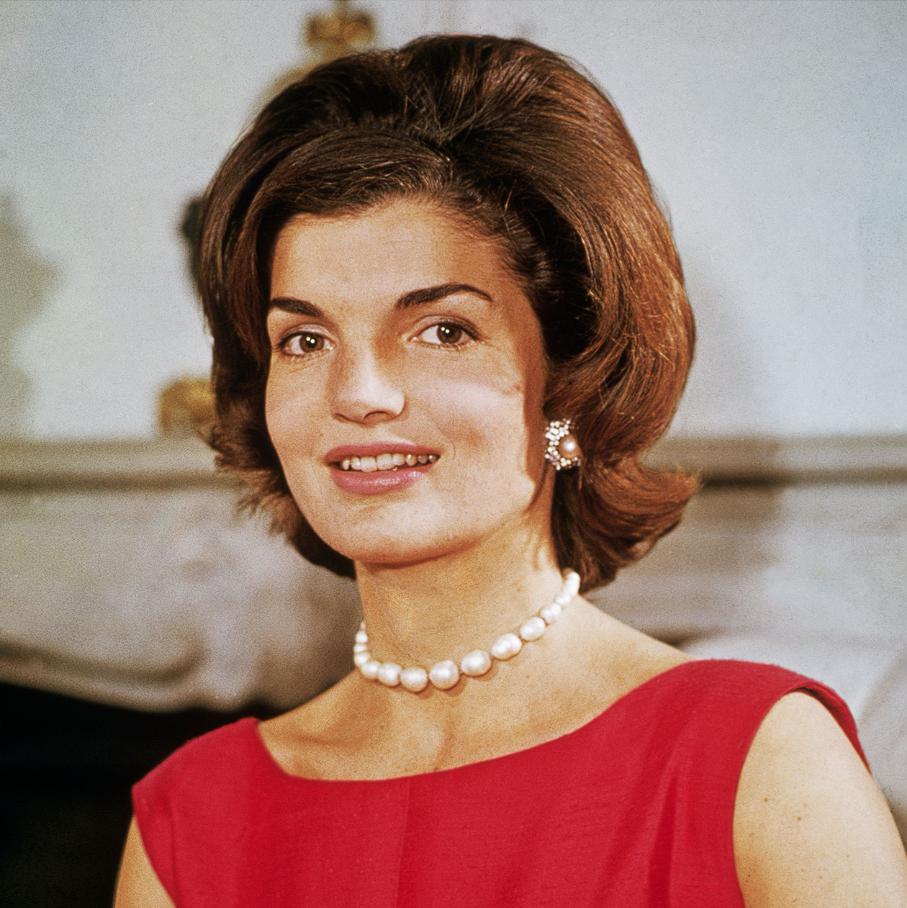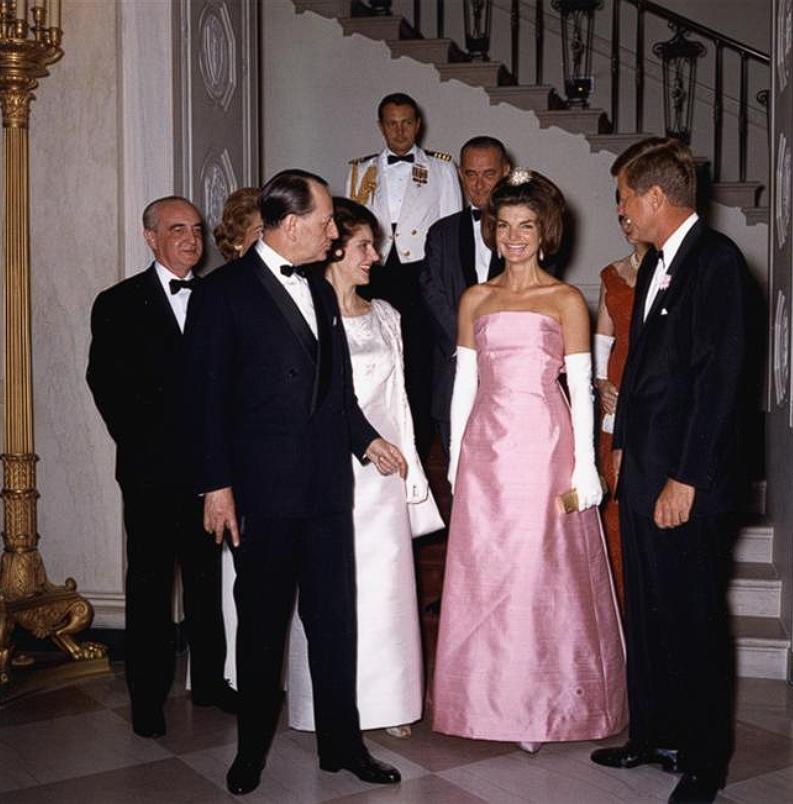Jacqueline Kennedy: A Symbol of Poise and Endurance
In a world often defined by chaos and upheaval, Jacqueline Kennedy emerged as a rare symbol of poise and endurance—a woman whose elegance was not a mask, but a quiet armor forged through unimaginable sorrow. Her journey through public life remains one of the most poignant stories of resilience and grace.
Early Life: A Woman Shaped by Privilege and Instability
The Formative Years of Jacqueline Lee Bouvier
Born Jacqueline Lee Bouvier in 1929, Jacqueline’s early years were marked by both privilege and shadows of instability. Raised in a world of affluence, she was exposed to the finest education, literature, and art. Yet behind the gilded doors of her family’s estate, she was also navigating the turbulence of a fractured family life. It was in this duality—privilege and vulnerability—that Jacqueline’s intellectual curiosity blossomed. Her love for literature, languages, and the arts would go on to shape her public persona in ways that transcended her physical beauty.
A Marriage to John F. Kennedy: The Rise of Camelot
In 1953, Jacqueline married John F. Kennedy, marking the beginning of what would become one of the most iconic couples in American history. Together, they embodied a new vision for America—one that blended youthful idealism with a sense of aristocratic grace. However, beneath their glamorous exterior, Jacqueline was keenly aware of the weight of destiny that hovered over them. As the First Lady, she would soon step into a role that required far more than beauty and charm.

A Renaissance of Culture: Jacqueline Kennedy’s Legacy as First Lady
Restoring the White House: A Symbol of National Pride
As First Lady, Jacqueline Kennedy captivated the nation not with political speeches, but through a deep commitment to culture, history, and the arts. She meticulously restored the White House, turning it into a living museum that honored America’s past while inspiring its future. Her televised tour of the newly restored residence in 1962 captured the imaginations of millions. It was a moment that revealed not just Jacqueline’s impeccable taste, but her understanding of the profound importance of symbolism in a young, modern presidency.
Diplomacy with Grace and Elegance

Jacqueline’s diplomatic efforts were a masterclass in effortless grace. Fluent in French, she charmed foreign leaders with a poise that seemed untouched by human frailty. Her ability to navigate the delicate world of diplomacy with such ease made her a symbol of American elegance on the world stage. It was a quiet strength that endeared her to people both in the U.S. and abroad.
The Tragedy: Jacqueline’s Endurance Through Loss
The Assassination of John F. Kennedy
But fate, as always, would intervene cruelly. On November 22, 1963, while sitting next to her husband in Dallas, Jacqueline Kennedy experienced a tragedy that would define her life. The assassination of President John F. Kennedy shattered the nation—and Jacqueline herself. The image of her blood-stained pink suit became a haunting symbol of national grief. Yet, even in her most profound mourning, Jacqueline remained composed, standing as a beacon of strength for a country adrift in sorrow. She didn’t just endure her personal tragedy; she carried it with a dignity that inspired millions.
Shielding Her Children and Finding New Peace
In the aftermath of her husband’s death, Jacqueline’s strength manifested in the way she shielded her children from the public eye. She fiercely protected their innocence, determined to give them a life untouched by the trauma that had ravaged her own. Her later marriage to Greek shipping magnate Aristotle Onassis was widely misunderstood and seen by some as a betrayal of the “Camelot” legacy. But for Jacqueline, it was a desperate attempt to find safety and peace in a world that had taken so much from her.
Reinventing Herself: Life After the White House
Quiet Fulfillment Away from the Spotlight
Despite the intense public scrutiny she faced, Jacqueline Kennedy reinvented herself after her time as First Lady. She found fulfillment in a new role—as a successful book editor. It was in this quieter, less public sphere that she found peace and purpose. Her ability to adapt and thrive outside the political limelight proved that she was far more than just a symbol of style and grace; she was a woman of remarkable resilience and inner strength.
The Legacy of Jacqueline Kennedy: Grace Through Suffering
A Strength That Endured
Jacqueline Kennedy passed away in 1994, but the world mourned not just the loss of a former First Lady but the end of an era—an era that had felt, if only for a moment, like a dream. Jacqueline’s life taught us that true grace is not the absence of suffering—it is the ability to endure it with a head held high and a heart still open to beauty. Her legacy is not just one of style and elegance, but of profound emotional resilience and a quiet, steadfast strength that could not be shaken by the harshest storms.
The Quiet Armor of a Strong Woman
Jacqueline Kennedy remains a symbol of strength so delicate it seemed ethereal. Yet, it withstood the fiercest storms, reminding us all that true grace is not about hiding pain, but finding a way to endure it. She showed the world that even in the darkest times, we can stand tall, keep moving forward, and remain open to the beauty that life still has to offer.
